Select an Orthopaedic Specialty and Learn More
Use our specialty filter and search function to find information about specific orthopaedic conditions, treatments, anatomy, and more, quickly and easily.
GET THE HURT! APP FOR FREE INJURY ADVICE IN MINUTES
Shoreline Orthopaedics and the HURT! app have partnered to give you virtual access to a network of orthopaedic specialists, ready to offer guidance for injuries and ongoing bone or joint problems, 24/7/365.
Browse Specialties
-
- Bone Health & Osteoporosis
- Foot & Ankle
- Fractures, Sprains & Strains
- Hand & Wrist
- Hip
- Knee
- Neck and Back (Spine)
Bone Health & Osteoporosis
One in two women and up to one in four men will break a bone in their lifetime due to osteoporosis. For women, the incidence is greater than that of heart attack, stroke and breast cancer combined. Shoreline Orthopaedics has opened the Bone Health and Osteoporosis Clinic to help patients prevent fractures and breaking of that second bone.
More Info -
- Foot & Ankle
Equinus
When the ankle joint lacks flexibility and upward, toes-to-shin movement of the foot (dorsiflexion) is limited, the condition is called equinus. Equinus is a result of tightness in the Achilles tendon or calf muscles (the soleus muscle and/or gastrocnemius muscle) and it may be either congenital or acquired. This condition is found equally in men and women, and it can occur in one foot, or both.
More Info -
- Arthritis
- Joint Disorders
- Knee
- Physical Medicine & Rehabilitation (PM&R)
Knee Arthritis
The knee is one of the most commonly involved joints with arthritis. Arthritis is the loss of the normal protective cartilage that covers the bones. When this cartilage or “padding” of the bone breaks down and is lost, areas of raw bone become exposed and grind against each other with standing and walking. This is “bone on bone” arthritis and is usually painful.
More Info -
- Joint Disorders
- Knee
- Minimally Invasive Surgery (Arthroscopy)
Knee Arthroscopy
Arthroscopy is a minimally invasive surgical procedure used by orthopaedic surgeons to visualize, diagnose and treat problems inside the joint. Your doctor may recommend knee arthroscopy if you have a painful condition that does not respond to nonsurgical treatments such as rest, physical therapy, and medications or injections to reduce inflammation.
More Info -
- Joint Disorders
- Knee
- Physical Medicine & Rehabilitation (PM&R)
- Sports Medicine
Patellofemoral Pain Syndrome (Runner’s Knee)
Patellofemoral pain syndrome is a broad term used to describe pain in the front of the knee and around the kneecap. Although it can occur in nonathletes, it is sometimes called “runner’s knee” or “jumper’s knee” because it is most common in people who participate in sports—particularly females and young adults.
More Info -
- Hip
- Neck and Back (Spine)
- Physical Medicine & Rehabilitation (PM&R)
Sciatica
Most common between 30 and 50 years of age, sciatica is a pain in your lower back or hip that radiates to the back of your thigh and into your leg. Often people think that the source of the pain is the buttock, hip or thigh and seek medical care for a “hip” problem only to learn that the source of the pain is the lower back.
More Info -
- Joint Disorders
- Shoulder
- Sports Medicine
SLAP Tear
A SLAP (Superior Labrum Anterior and Posterior) tear is an injury to the top (or superior) part of the labrum. SLAP tears can be the result of acute trauma, or repetitive overhead sports, such as throwing athletes or weightlifters, have an increased risk of injury to the superior labrum. Many SLAP tears are the result of a wearing down of the labrum that occurs slowly over time.
More Info -
- Elbow
- Joint Disorders
- Sports Medicine
Tennis Elbow (Lateral Epicondylitis)
Lateral epicondylitis, more commonly known as tennis elbow, is a painful condition that occurs when overuse results in inflammation of the tendons that join the forearm muscles on the outside of the elbow. Recent studies show that tennis elbow is often due to damage to the extensor carpi radialis brevis (ECRB), a specific forearm muscle that helps stabilize the wrist when the elbow is straight.
More Info -
- Elbow
- Pediatric Injuries
- Sports Medicine
Throwing Injuries to the Elbow in Children
The beginning of baseball season in spring is often followed by an increase in overuse injuries in young baseball players, particularly pitchers and other players who throw repetitively. Two of the most frequent throwing injuries to the elbow are medial apophysitis (little leaguer’s elbow), and osteochondritis dissecans.
More Info

